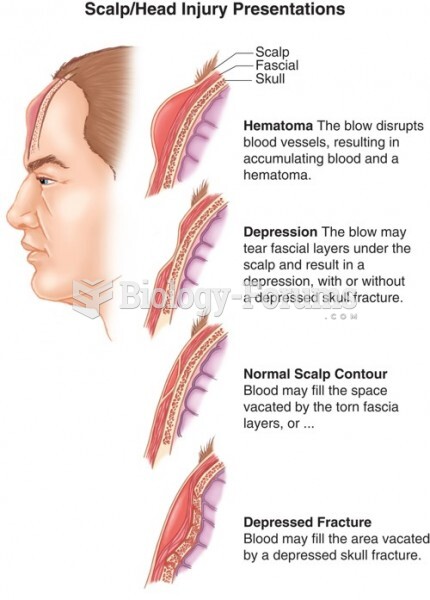|
|
|
The familiar sounds of your heart are made by the heart's valves as they open and close.
Illicit drug use costs the United States approximately $181 billion every year.
Increased intake of vitamin D has been shown to reduce fractures up to 25% in older people.
The Centers for Disease Control and Prevention has released reports detailing the deaths of infants (younger than 1 year of age) who died after being given cold and cough medications. This underscores the importance of educating parents that children younger than 2 years of age should never be given over-the-counter cold and cough medications without consulting their physicians.
More than nineteen million Americans carry the factor V gene that causes blood clots, pulmonary embolism, and heart disease.







